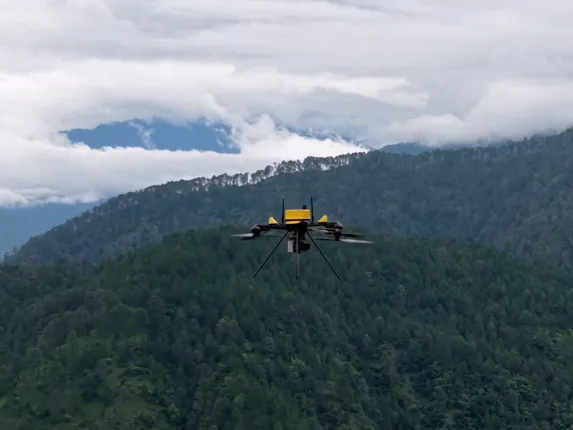With its Tsunami Early Warning System (TEWS), created in reaction to the devastating Indian Ocean tsunami of December 26, 2004, India has become a global pioneer in disaster warning systems. Over 230,000 people died in 14 nations as a result of this calamity, which also made clear how urgently robust early warning systems are needed.
The core of India’s infrastructure for disaster preparedness is the Indian Tsunami Early Warning Centre (ITEWC), which has been in operation since 2007 under the Indian National Centre for Ocean Information Services (INCOIS) in Hyderabad. In direct response to the lessons acquired from the 2004 tsunami disaster, this center was established.
Seismic sensors, wave rider buoys, tide gauges, deep-ocean pressure recorders, and satellite communication systems are all part of the TEWS’s advanced network. Real-time underwater earthquake detection and prompt alert distribution to susceptible coastal areas are made possible by this technology.
India’s TEWS is a regional lifeline in addition to being a national asset. UNESCO’s Intergovernmental Oceanographic Commission has named it a Regional Tsunami Service Provider, providing 25 nations around the Indian Ocean Rim with vital advisories. The technology has greatly improved evacuation efforts and risk mitigation measures by successfully issuing timely alerts during multiple seismic events.
India’s dedication to building community resilience against catastrophes is demonstrated by the inclusion of 24 Indian localities in the UNESCO Tsunami Ready Initiative. In order to lessen the effects of such natural disasters, this program places a strong emphasis on local preparedness and response capacities.
In the future, India hopes to create a comprehensive multi-hazard early warning system by combining tsunami warnings with notifications for other ocean-related risks including storm surges and high waves.
India’s innovations in disaster warning systems represent a major breakthrough in international disaster management techniques, demonstrating a fusion of technological innovation and community involvement that establishes a standard for other countries.

